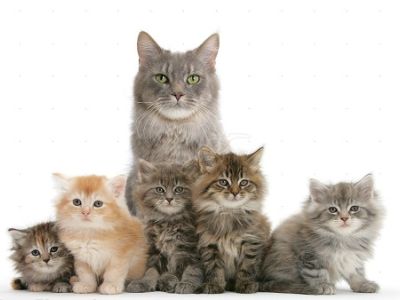Behaviour - Did you Know?

- Dogs have a strong desire to be with others. If they are deprived of social contact they may run away or exhibit attention seeking behaviour forcing owners to respond.
- The area of a dog’s nose for detecting scent is nearly 37 times larger than that in humans.
- A wagging tail means a dog is excited but not always friendly. It is important to read the rest of the body language before approaching.
- Submissive pups and adult dogs may produce a small amount of urine when greeting higher-ranking members of the pack or family to give a smelly clue that they are not a threat.
- Two dogs are enough to form a pack. Together they will be brave and bold enough to try things they wouldn’t have the courage to do alone.
- Terriers were originally bred to catch and kill small animals such as rats and vermin. The strong predatory instinct is stimulated with squeaky toys that emulate captured prey.
- To prevent possessiveness dog’s need to learn that hands come to give not take. Owners need to pat and feed by hand at times rather than always taking objects/toys etc away from our pets. This gives them confidence in owners and not to run when we go to take something away.
- Many dogs prefer to sleep underneath some form of protection such as a table or bed. This could be linked to the trait of “going to ground” in times of danger when pups were raised in dens.
- Unlike us, dogs do not sweat through glands in the skin (except through a few in their feet). Instead they cool down by rapidly forcing cooling air over the surface of the tongue. Water evaporates from the tongue helping to cool the dog down further. This is a purpose of panting.
- During adolescence, levels of male hormone are far greater than those in adult males, making them supercharged in their desire to compete.
- Dogs have several strategies for calming potential aggressors – yawning, averting eyes, lip licking, sniffing the floor, sitting down, approaching in a wide arc- these things are considered less confrontational.
- Dog’s vision is not as detailed as ours. They recognise different objects by smell and shape rather than detail and texture. They can see in colour, although not as well as humans and they can see better in low light levels.



